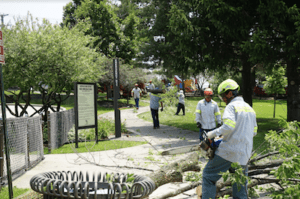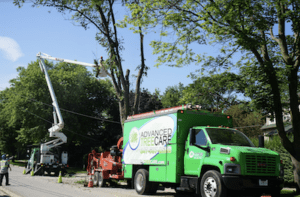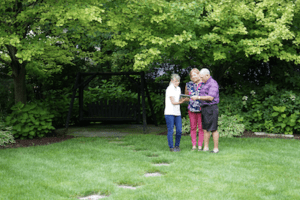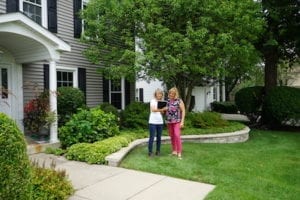When Do I Need a Professional to Handle My Tree Care?
Trees make up about 15% of your overall yard landscape. While 15% doesn’t seem like a lot on the surface, think about how important your trees are. They provide shade, they provide visual variety, and they’re a long-lived member of your ecosystem.
Trees can also be costly to replace or remove. Caring for them properly is not only the right thing to do for the environment, it’s the right thing to do to protect your investment. Any signs of stress, deterioration, or disease should be a clear indication that a tree health diagnosis—provided by an ISA Certified Arborist—is in your best interest.
Reasons to Consult a Professional on Tree Care
As a homeowner, when do you know you need to consult a professional? The following list of conditions or symptoms is a goodplace to start, although it’s not an exhaustive list. You should consult a certified arborist if you notice any of the following:
- Thin, dwarfed, or damaged leaves
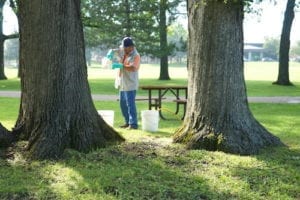
Tree care can be tricky and costly, which is why hiring a certified arborist is the best way to protect your property. - Leaf colors other than dark green (except for certain trees—such as Japanese or Norway maples—or during early spring and fall, of course)
- Leaves that are slow to bud in spring
- Leaves that drop early, before true fall has begun
- Dieback at the tips of your trees
- Dead or dying limbs
- Dead or dying leaves
- Bumpy scales or powdery substances on the bark, root flares, branches, or leaves
- Loose, deteriorating, or heavily flaking bark
- Growths such as mushrooms on the trunk, limbs, roots, or beneath your tree
- Insect holes and/or bleeding on the tree’s trunk or branches
- External damage from an impact to the tree—from a car collision or an accident with a winter snowplow (sometimes common along parkways)
- Weather damage, from intense summer storms, ice storms, heavy winter snowfall, or ice
- Damage from drought or spells of intense hot weather
If you’re noticing any of these signs, calling in a certified arborist can help you address a situation before it worsens. There are certainly conditions under which a tree cannot be saved, but there are plenty where an early intervention can save a beloved tree. Just imagine your yard without that grand oak in the corner or the beautiful maple shading your front porch. When in doubt, call us to come on out.
Advanced Tree Care combines top-notch equipment, cutting-edge technology, and well-trained staff to provide emergency tree removal and tree maintenance services. With a presence in nine counties and two states, we work daily to provide unparalleled customer service, safety, and efficiency—as well as the expertise to beautify your landscaping and community. Advanced Tree Care isn’t just our name—it’s also our purpose!
